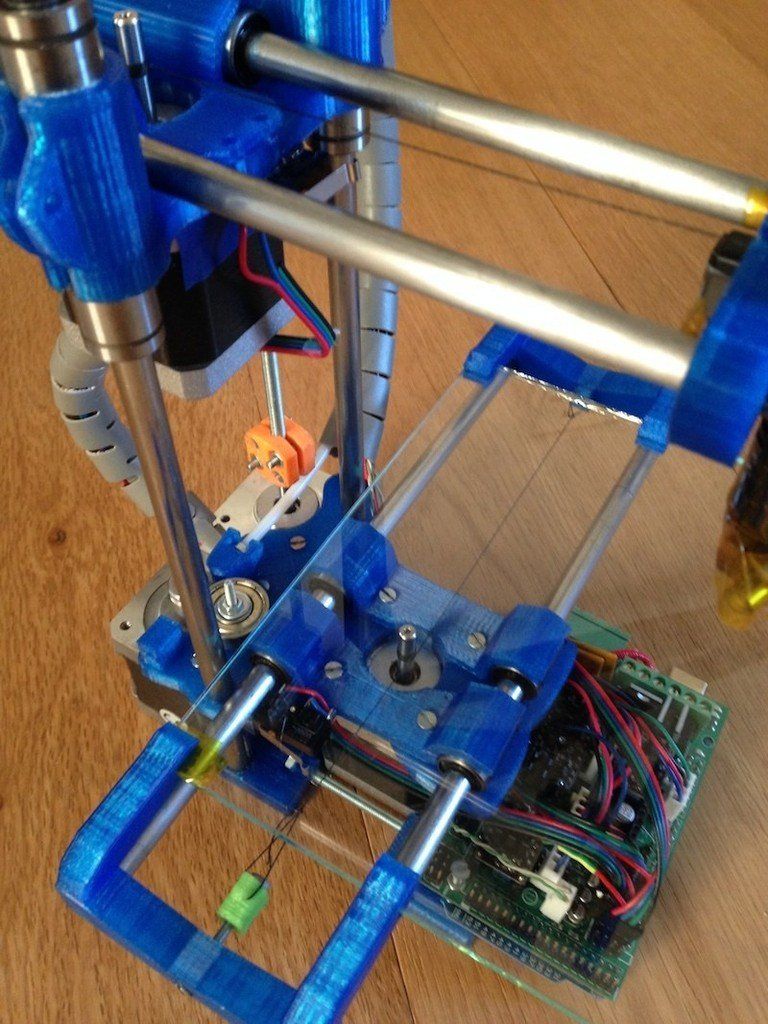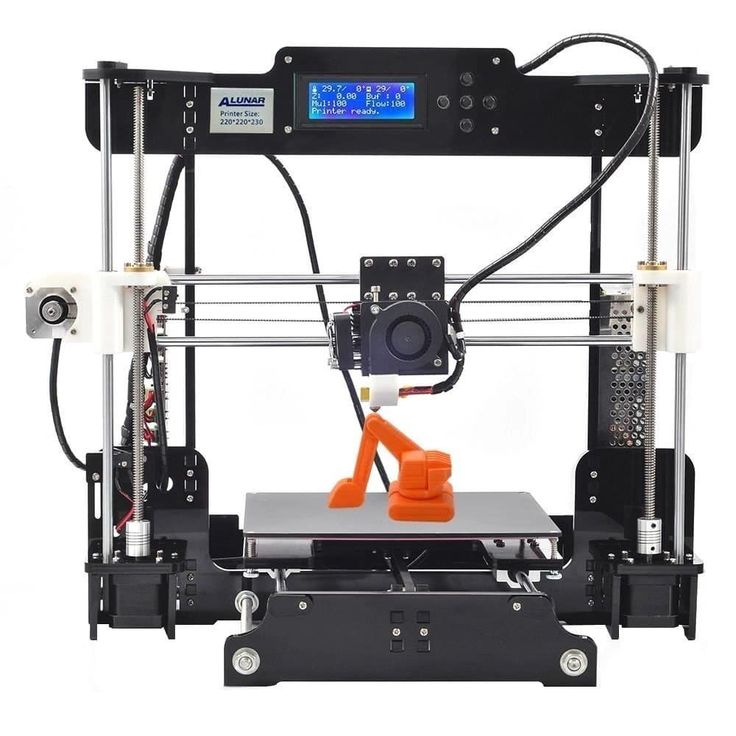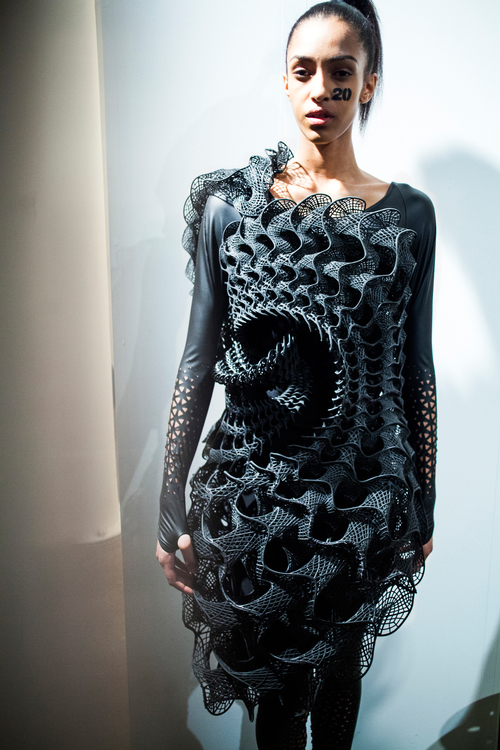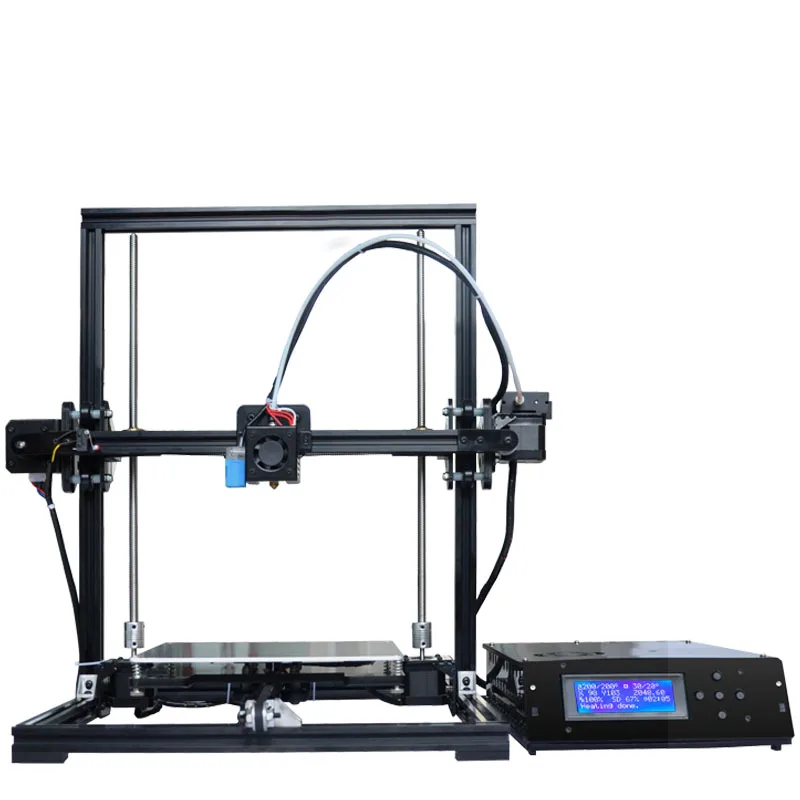3D printed humans
On the Road to 3-D Printed Organs
For years, scientists have predicted that 3-D printing—which has been used it to make toys, homes, scientific tools and even a plastic bunny that contained a DNA code for its own replication—could one day be harnessed to print live, human body parts to mitigate a shortage of donor organs. So far, researchers also used 3-D printing in medicine and dentistry to create dental implants, prosthetics, and models for surgeons to practice on before they make cuts on a patient. But many researchers have moved beyond printing with plastics and metals—printing with cells that then form living human tissues.
No one has printed fully functional, transplantable human organs just yet, but scientists are getting closer, making pieces of tissue that can be used to test drugs and designing methods to overcome the challenges of recreating the body’s complex biology.
First steps
A confocal microscopy image showing 3-D–printed stem cells differentiating into bone cells
LEWIS LAB, WYSS INSTITUTE AT HARVARD UNIVERSITY
The first 3-D printer was developed in the late 1980s. It could print small objects designed using computer-aided design (CAD) software. A design would be virtually sliced into layers only three-thousandths of a millimeter thick. Then, the printer would piece that design into the complete product.
There were two main strategies a printer might use to lay down the pattern: it could extrude a paste through a very fine tip, printing the design starting with the bottom layer and working upward with each layer being supported by the previous layers. Alternatively, it could start with a container filled with resin and use a pointed laser to solidify portions of that resin to create a solid object from the top down, which would be lifted and removed from the surrounding resin.
When it comes to printing cells and biomaterials to make replicas of body parts and organs, these same two strategies apply, but the ability to work with biological materials in this way has required input from cell biologists, engineers, developmental biologists, materials scientists, and others.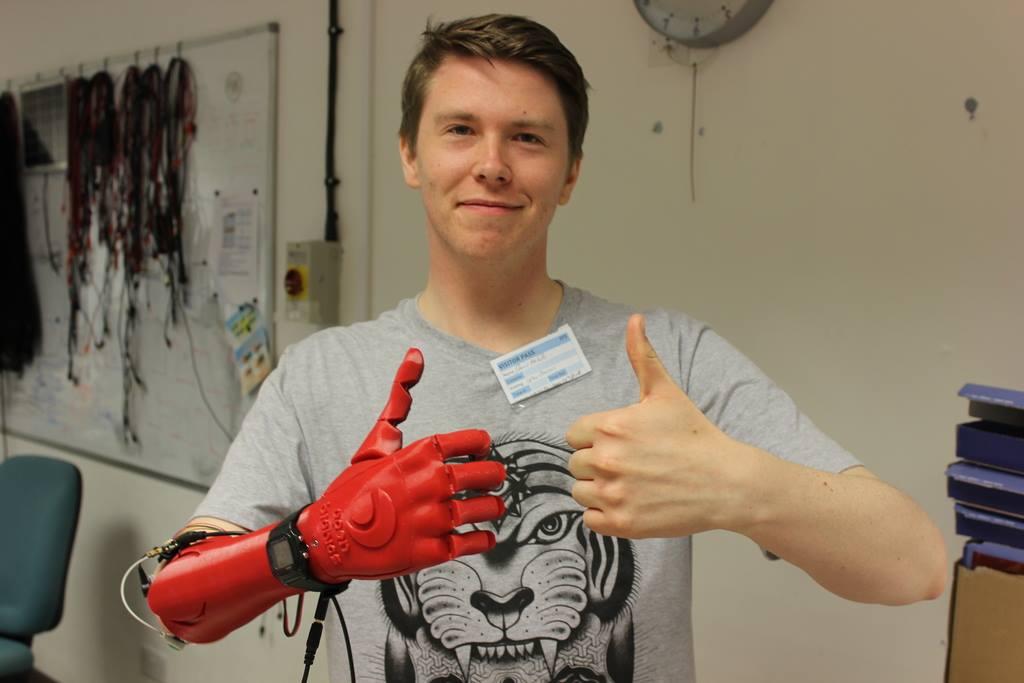
So far, scientists have printed mini organoids and microfluidics models of tissues, also known as organs on chips. Both have yielded practical and theoretical insights into the function of the human body. Some of these models are used by pharmaceutical companies to test drugs before moving on to animal studies and eventually clinical trials. One group, for example, printed cardiac cells on a chip and connected it to a bioreactor before using it to test the cardiac toxicity of a well-known cancer drug, doxorubicin. The team showed that the cells beating rate decreased dramatically after exposure to the drug.
However, scientists have yet to construct organs that truly replicate the myriad structural characteristics and functions of human tissues. “There are a number of companies who are attempting to do things like 3-D print ears,” and researchers have already reported transplanting 3-D printed ears onto children who had birth defects that left their ears underdeveloped, notes Robby Bowles, a bioengineer at the University of Utah. The ear transplants are, he says, “kind of the first proof of concept of 3-D printing for medicine.”
The ear transplants are, he says, “kind of the first proof of concept of 3-D printing for medicine.”
Researchers have been using 3D-printing techniques in hopes of developing tissues that can be transplanted into humans. Some printed tissues, such as skin and bone, are already being tested in humans, while many others are early in development.
See full caption
THE SCIENTIST STAFF
Bowles adds that researchers are still “a ways away” from printing more-complex tissues and organs that can be transplanted into living organisms. But, for many scientists, that’s precisely the goal. As of February 2020, more than 112,000 people in the US are waiting for an organ transplant, according to the United Network for Organ Sharing. About 20 of them die each day.
For many years, biological engineers have tried to build 3-D scaffolds that they could seed with stem cells that would eventually differentiate and grow into the shapes of organs, but “to a large extent those techniques don’t allow you to introduce kind of the organization of gradients and the patterning that is in the tissue,” says Bowles.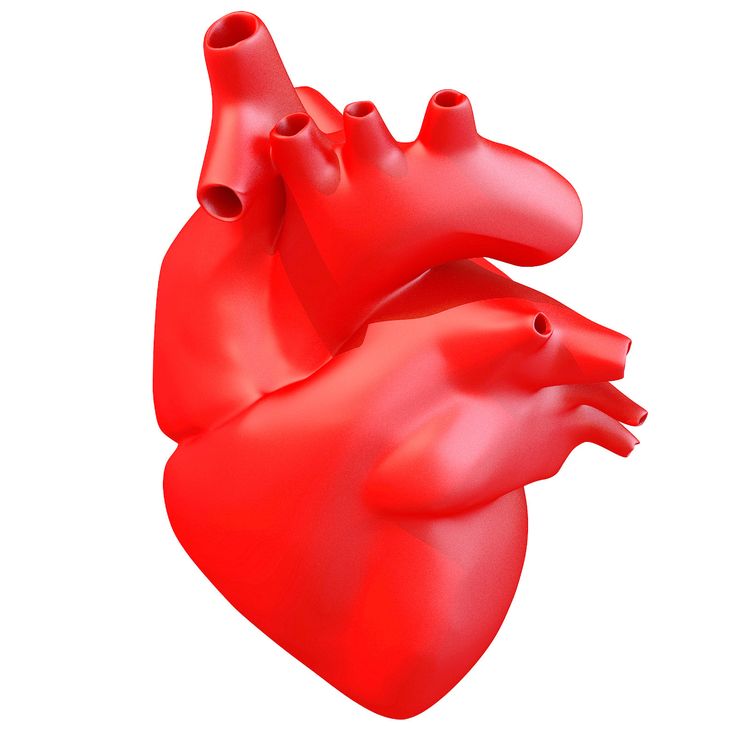 “There is no control over where the cells go in that tissue.” By contrast, 3-D printing enables researchers with to very precisely direct the placement of cells—a feat that could lead to better control over organ development.
“There is no control over where the cells go in that tissue.” By contrast, 3-D printing enables researchers with to very precisely direct the placement of cells—a feat that could lead to better control over organ development.
Differentiation
Ideally, 3-D printed organs would be built from cells that a patient’s immune system could recognize as its own, to avoid immune rejection and the need for patients to take immunosuppressive drugs. Such organs could potentially be built from patient-specific induced pluripotent stem cells, but one challenge is getting the cells to differentiate into the subtype of mature cell that’s needed to build a particular organ. “The difficulty is kind of coming together and producing complex patternings of cells and biomaterials together to produce different functions of the different tissues and organs,” says Bowles.
To imitate the patterns seen in vivo, scientists print cells into hydrogels or other environments with molecular signals and gradients designed to coax the cells into organizing themselves into lifelike organs.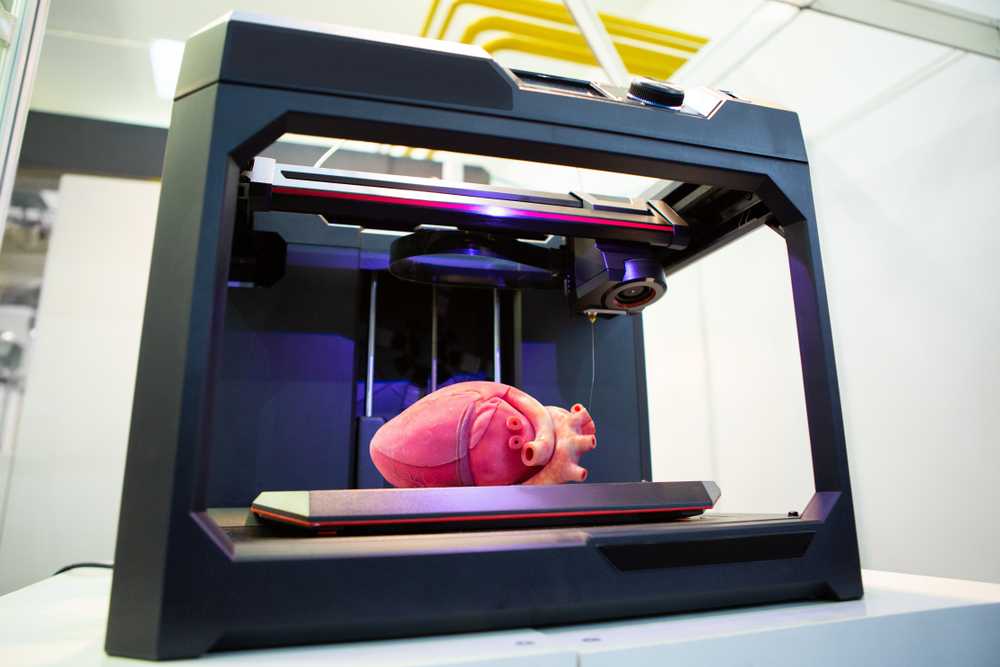 Scientists can use 3-D printing to build these hydrogels as well. With other techniques, “the patterns achieved have typically been two-dimensional,” Eben Alsberg, a bioengineer at the University of Illinois, tells The Scientist in an email. “Three-dimensional bioprinting permits much more control over signal presentation in 3D.”
Scientists can use 3-D printing to build these hydrogels as well. With other techniques, “the patterns achieved have typically been two-dimensional,” Eben Alsberg, a bioengineer at the University of Illinois, tells The Scientist in an email. “Three-dimensional bioprinting permits much more control over signal presentation in 3D.”
So far, researchers have created patches of tissue that mimic portions of certain organs but haven’t managed to replicate the complexity or cell density of a full organ. But it’s possible that in some patients, even a patch would be an effective treatment. At the end of 2016, a company called Organovo announced the start of a program to develop 3-D printed liver tissue for human transplants after a study showed that transplanted patches of 3-D printed liver cells successfully engrafted in a mouse model of a genetic liver disease and boosted several biomarkers that suggested an improvement in liver function.
Vasculature
Only in the past few years have researchers started to make headway with one of the biggest challenges in printing 3-D organs: creating vasculature.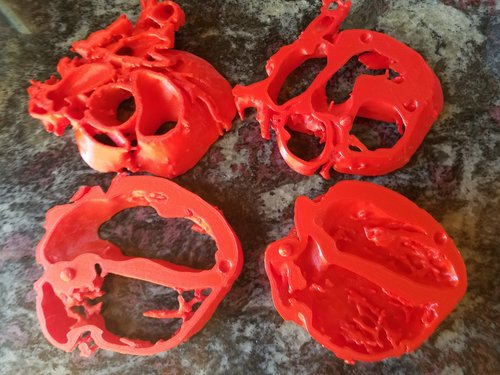 After the patches were engrafted into the mouse’s liver in the Organovo study, blood was delivered to it by the surrounding liver tissue, but an entire organ would need to come prepared for blood flow.
After the patches were engrafted into the mouse’s liver in the Organovo study, blood was delivered to it by the surrounding liver tissue, but an entire organ would need to come prepared for blood flow.
“For any cells to stay alive, [the organ] needs that blood supply, so it can’t just be this huge chunk of tissue,” says Courtney Gegg, a senior director of tissue engineering at Prellis Biologics, which makes and sells scaffolds to support 3-D printed tissue. “That’s been recognized as one of the key issues.”
Mark Skylar-Scott, a bioengineer at the Wyss Institute, says that the problem has “held back tissue engineering for decades.” But in 2018, Sébastian Uzel, Skylar-Scott, and a team at the Wyss Institute managed to 3-D print a tiny, beating heart ventricle complete with blood vessels. A few days after printing the tissue, Uzel says he came into the lab to find a piece of twitching tissue, which was both “very terrifying and exciting.”
For any cells to stay alive, [the organ] needs that blood supply, so it can’t just be this huge chunk of tissue.
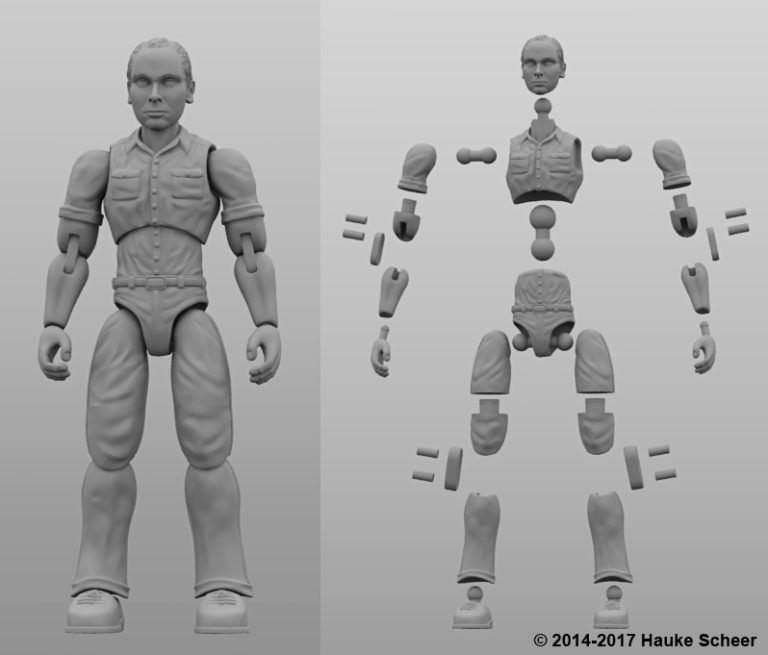
—Courtney Gegg, Prellis Biologics
Instead of printing the veins in layers, the team used embedded printing—a technique in which, instead of building from the bottom of a slide upwards, material is extruded directly into a bath, or matrix. This strategy, which allows the researchers to print “free form in 3-D,” says Skylar-Scott, rather having to print each layer one on top of the other to support the structure, is a more efficient way to print a vascular tree. The matrix in this case was the cellular material that made up the heart ventricle. A gelatin-like ink pushed these cells gently out of the way to create a network of channels. Once printing was finished, the combination was warmed up. This heat caused the cellular matrix to solidify, but the gelatin to liquify so it could then be rinsed out, leaving space for blood to flow through.
But that doesn’t mean the problem is completely solved. The Wyss Institute team’s ventricle had blood vessels, but not nearly as many as a full-sized heart.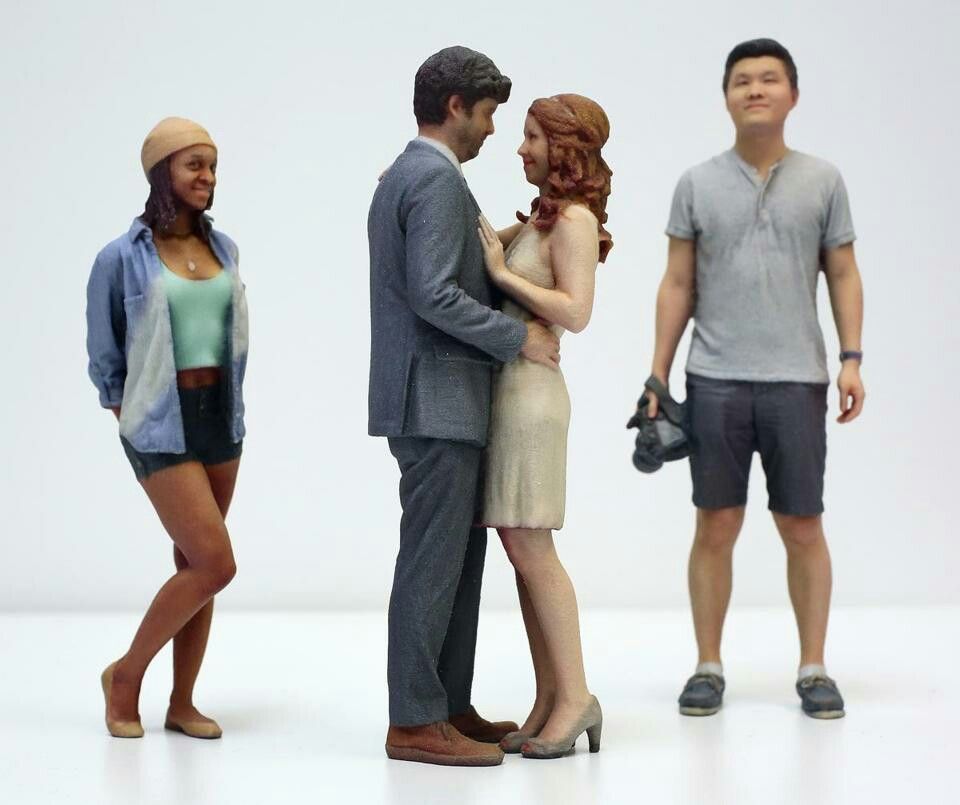 Gegg points out that to truly imitate human biology, “an individual cell will have to be within 200 microns of your nearest blood supply. . . . Everything has to be very, very close.” That’s far more intricate than what researchers have printed so far.
Gegg points out that to truly imitate human biology, “an individual cell will have to be within 200 microns of your nearest blood supply. . . . Everything has to be very, very close.” That’s far more intricate than what researchers have printed so far.
Due to hurdles with adding vasculature and many other challenges that still face 3-D–printed tissues, laboratory-built organs won’t be available for transplant anytime soon. In the meantime, 3-D printing portions of tissue is helping accelerate both basic and clinical research about the human body.
Emma Yasinski is a Florida-based freelance reporter. Follow her on Twitter @EmmaYas24.
We Now Have 3D-Printed Human Hearts — Futures Platform
Future Trends
Written By Bruno Jacobsen
What a time to be alive.
FUTURE PROOF – BLOG BY FUTURES PLATFORM
A team at the Tel Aviv University in Israel has achieved a major breakthrough by 3D-printing a heart with human tissue and vessels.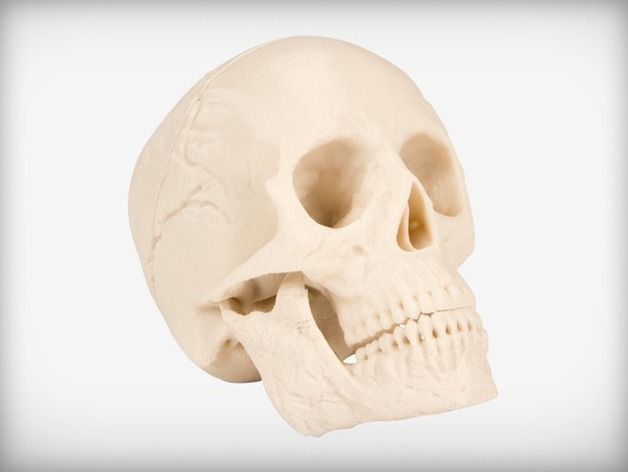 In the future, this technology could be used to repair damaged hearts or to print entirely new ones, to be used for transplants.
In the future, this technology could be used to repair damaged hearts or to print entirely new ones, to be used for transplants.
WILL 3D PRINTING BE THE FUTURE OF ORGAN TRANSPLANTS?
According to the World Health Organization, cardiovascular disease is the leading cause of death worldwide, accounting for approximately 15% of all deaths. For patients suffering from end-stage cardiovascular disorders, heart transplantation is often the only available treatment. But healthy hearts are hard to come by. And scientists are looking for a new alternative, 3D-printed hearts.
3D-printed organs have made the headlines for a couple of years now. In 2013, a company called Organovo produced the first prototype of a human liver using 3D bioprinting. The process takes cells from donor organs to create a material known as “bio-ink”. The recreated cells are then laid down carefully layer-by-layer to create the structures of liver tissue. Although the process is proven to be successful, it is not suitable for transplantations and has been used for drug testing. In 2018, Dr Tim Brown and a medical 3D printing firm successfully created a 3D-printed kidney to aid a complex kidney transplant operation.
In 2018, Dr Tim Brown and a medical 3D printing firm successfully created a 3D-printed kidney to aid a complex kidney transplant operation.
Earlier this year, the scientist team led by bioengineers Jordan Miller of Rice University and Kelly Stevens of the University of Washington (UW) created 3D-printed vascular networks that mimic the body’s nature passageways for blood, air, lymph, and other vital fluids. This innovation has cleared a major hurdle in printing functional human tissue and opened the pathway to complete 3D printing replacement organs.
Now we’ve come one step further.
Scientists at Tel Aviv University in Israel announced that they have successfully 3D-printed a small scale heart, with blood vessels, ventricles, and chambers. Since it was printed using human cells, it makes it much less likely to be rejected by a human body than a heart made of artificial material or than an animal heart.
A LONG WAY TO GO
The heart, of relatively small size, isn’t fit for use yet. It is the size of a rabbit’s heart. And the question still remains whether it could maintain its integrity and viability if scaling up to a human’s heart size. Though it can contract, the cells have not developed a pumping ability. “We need to develop the printed heart further. […] The cells need to form a pumping ability; they can currently contract, but we need them to work together.”
However, the researchers are optimistic. The team has planned to transplant the hearts into animals in a year time. Tal Dvir, who led the research, said “Our hope is that we will succeed and prove our method’s efficacy and usefulness. […] Maybe, in ten years, there will be organ printers in the finest hospitals around the world, and these procedures will be conducted routinely.“
3D PRINTING WILL REVOLUTIONIZE THE FUTURE OF HEALTHCARE
These breakthroughs in using 3D printing for organ transplantations can transform the future of surgery as we know it.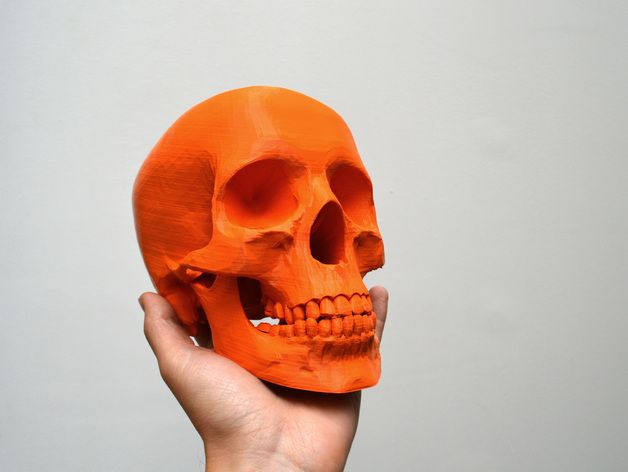 In several online forums, people are optimistic and looking forward to a future of printed organs/limbs ‘on demand’. But no one actually knows for sure how it would affect our lives as a whole. Based on our own research and study, here are a couple of our guesses:
In several online forums, people are optimistic and looking forward to a future of printed organs/limbs ‘on demand’. But no one actually knows for sure how it would affect our lives as a whole. Based on our own research and study, here are a couple of our guesses:
1. Organ donation will become obsolete
Organ printing is identified as a “Strengthening” Phenomenon – high impact, high probability to become a real force in the future. Screenshot capture from Futures Platform Phenomena page
Organ printing has the potential to significantly improve treatment methods and save human lives. In case a rapid, safe, and cost-efficient serial production of organs are possible, organ donations will become nearly or utterly unnecessary in the future.
The impacts of being able to produce spare organs are not limited to the acute treatment of disease and injury, but also enable a proactive take on improving human vitality and prolonging human life.
2. The average human life span will be longer
In Futures Platform, the phenomenon is identified as a "Strengthening" phenomenon that has a high probability to become stronger in the future
Screenshot capture from Futures Platform Phenomena page
With many injuries being replaced with 3D printed parts, we will be healthier and as a matter of fact, live longer in the future.
From the viewpoint of national economies, it is an interesting question of whether these technologies should be heavily invested in because they could help achieve essential savings in comparison to traditional medicinal practices, which brings us to the next point.
3. Drastic changes in the pharmaceutical industry
With the advancement of 3D bioprinting, healthcare in the future will become more accessible, causing revolutions in healthcare.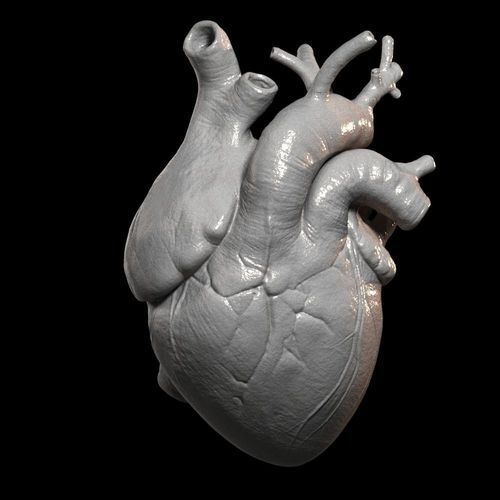
Screenshot capture from Futures Platform Phenomena page
Because of the advances in the fields of AI, 3D printing, gene mapping, and others, the pharmaceutical industry and pharmacy business will undergo drastic changes in the future.
If the 3D printing of medicines reaches the consumer market or even households, it will cause a revolution in the field of healthcare.
Also, as human health becomes better in general, there might be diminishing needs for extensive health services for handicapped people.
4. Restore Fertility for women with reduced ovarian function
Scientists can use 3D-printing techniques to restore fertility in women whose ovarian function has suffered from diseases or abnormal hormonal activity. Screenshot capture from Futures Platform Phenomena page
In 2017, a group of scientists successfully implanted3D-printed ovaries to infertile mice and restored their fertility.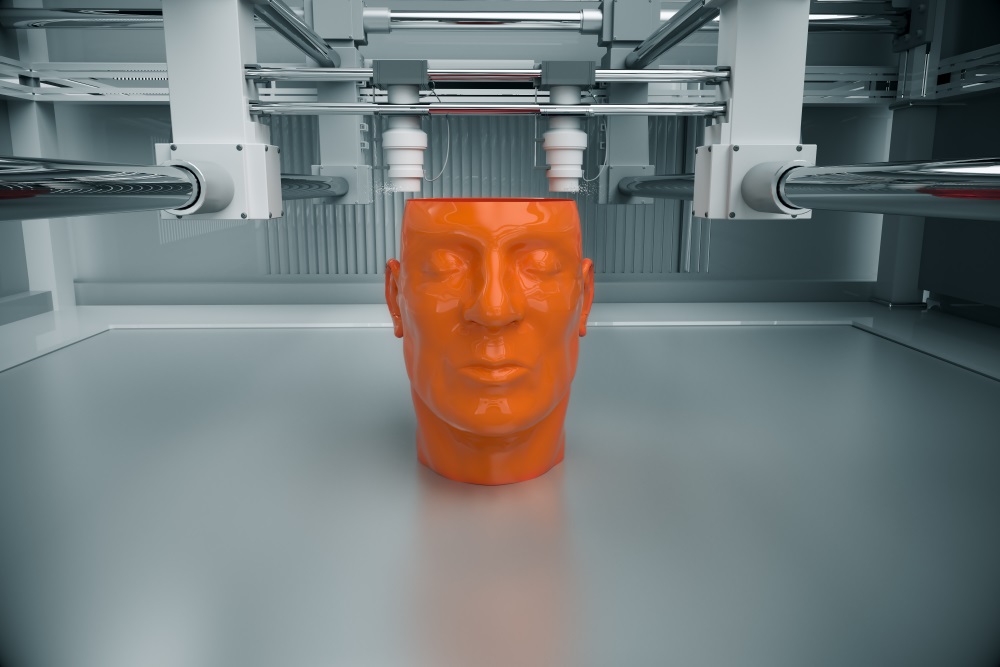 The research team behind the successful experiment believe that artificial ovaries could help women who have had reduced ovarian function since birth or whose ovarian function has suffered from, for example, cancer treatments.
The research team behind the successful experiment believe that artificial ovaries could help women who have had reduced ovarian function since birth or whose ovarian function has suffered from, for example, cancer treatments.
Besides restoring fertility, an artificial ovary could mitigate other health issues related to abnormal hormonal activity.
5. The risks of data security breaches from the inside
After considering all the facts, we evaluate this phenomenon as a Wild Card – an under the radar phenomenon that has dramatic impacts.
Screenshot capture from Futures Platform Phenomena page
We mentioned about the aspects of data security in human biometric microchipping before.
And with the technological advancements of 3D-printed human organs, there is the worry that hackers and those spreading malicious software could start targeting implanted technology and data recorded on sub-skin microchips.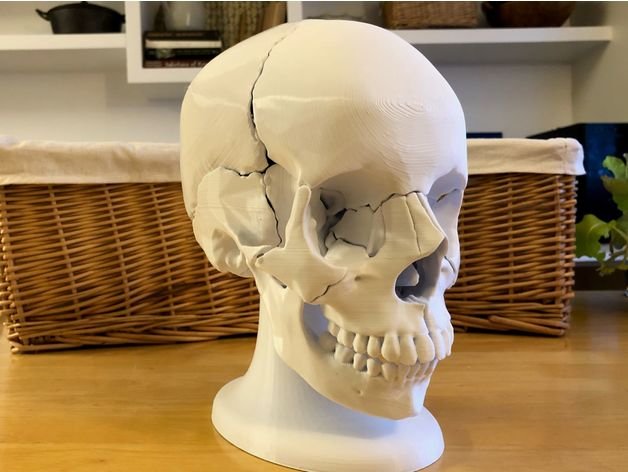
For example, insurance companies, creditors, and recruiters could monitor individuals’ health data from a distance, or such data could be systematically tampered with or destroyed.
CONCLUSION
We might be at the early stages of using 3D printing in medicine. But, in one or two decades 3D printers could indeed be found at several hospitals around the world.
From heart to lung transplants, to rebuilding bones or muscles, the potential of 3D printing to revolutionize medical treatments is nearly unlimited. So it’s with enthusiasm that we’ll continue to follow developments in this area.
If you are interested in this topic, and many other future changes, try our Futures Platform Free Trial and access a database of hundreds of future phenomena curated by leading futurists.
Read more
RELATED
Future Trends
Housing, 3D Printing
Is the Future in your Neighborhood?
Future Trends
Housing, 3D Printing
3D printing and Hyperloop may not seem an obvious combination.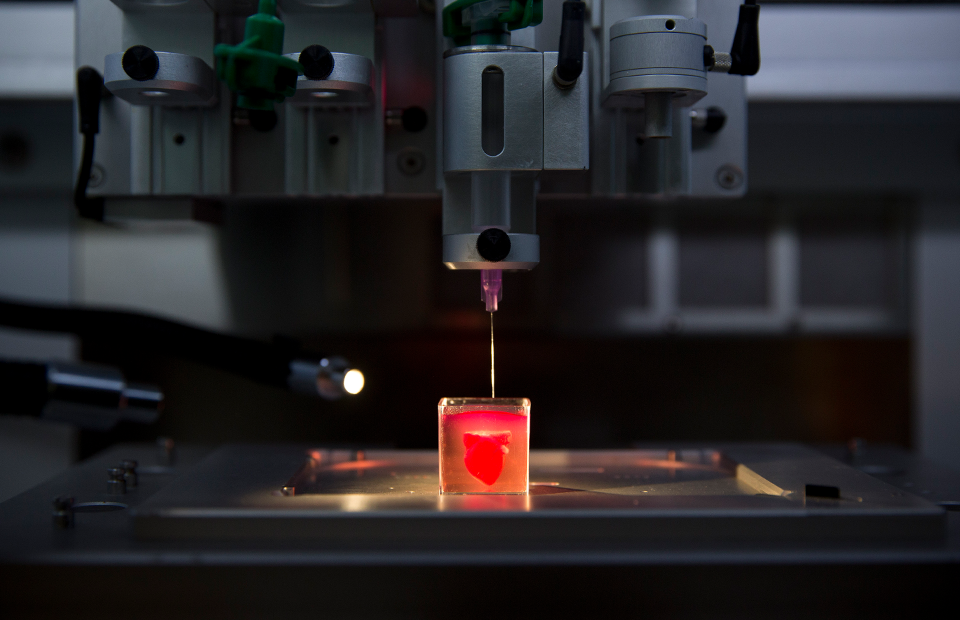 Still, they may help in easing the tight housing market and provide more flexibility and options to live in different sized cities.
Still, they may help in easing the tight housing market and provide more flexibility and options to live in different sized cities.
Future Trends
Housing, 3D Printing
Future Trends
Bioengineering, Medicine, Nanorobots, Robotics, Precision Medicine
Can We Use Nanobots to Cure Cancer?
Future Trends
Bioengineering, Medicine, Nanorobots, Robotics, Precision Medicine
Nanobots are small "robots" ranging from 1 to 100 nanometers in size. Scientists are exploring different applications of nanobots in medicine and healthcare, to fight cancer as well as to unblock blood vessels.
Future Trends
Bioengineering, Medicine, Nanorobots, Robotics, Precision Medicine
Future Trends
Medicine, Society
Will We Live Longer in the Future?
Future Trends
Medicine, Society
Human life expectancy is on the rise. Whereas the average person born in 1960 could expect to live to 52.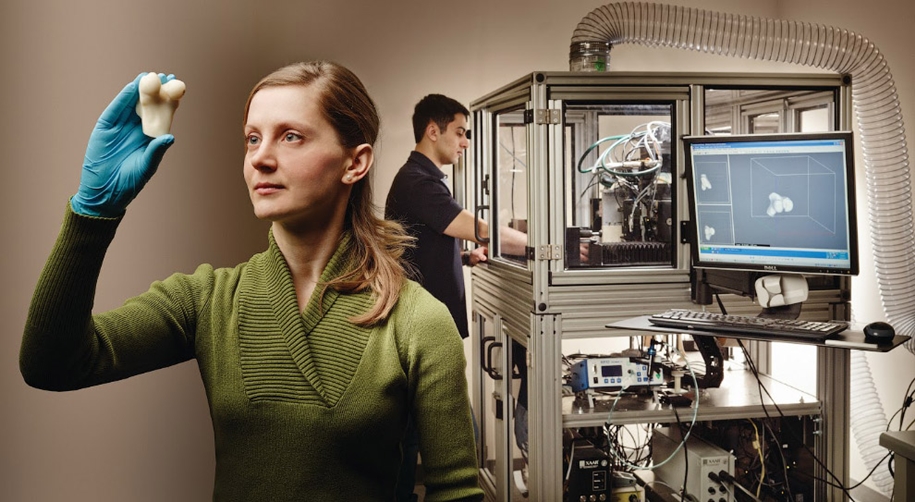 5 years of age, someone born today has an average life expectancy between 79 and 83 years of age. The question many of us ask is: how far can we push the boundaries of our human lifespan?
5 years of age, someone born today has an average life expectancy between 79 and 83 years of age. The question many of us ask is: how far can we push the boundaries of our human lifespan?
Future Trends
Medicine, Society
- Strategic Foresight
- Strategic Planning
- Foresight
- Foresight Methodologies
- Futures Thinking
- Artificial Intelligence
- Futures Platform
- Scenario Planning
- Scenarios
- Health
MedicineHuman Enhancement3D Printing
Bruno Jacobsen
3D Figures from photo.
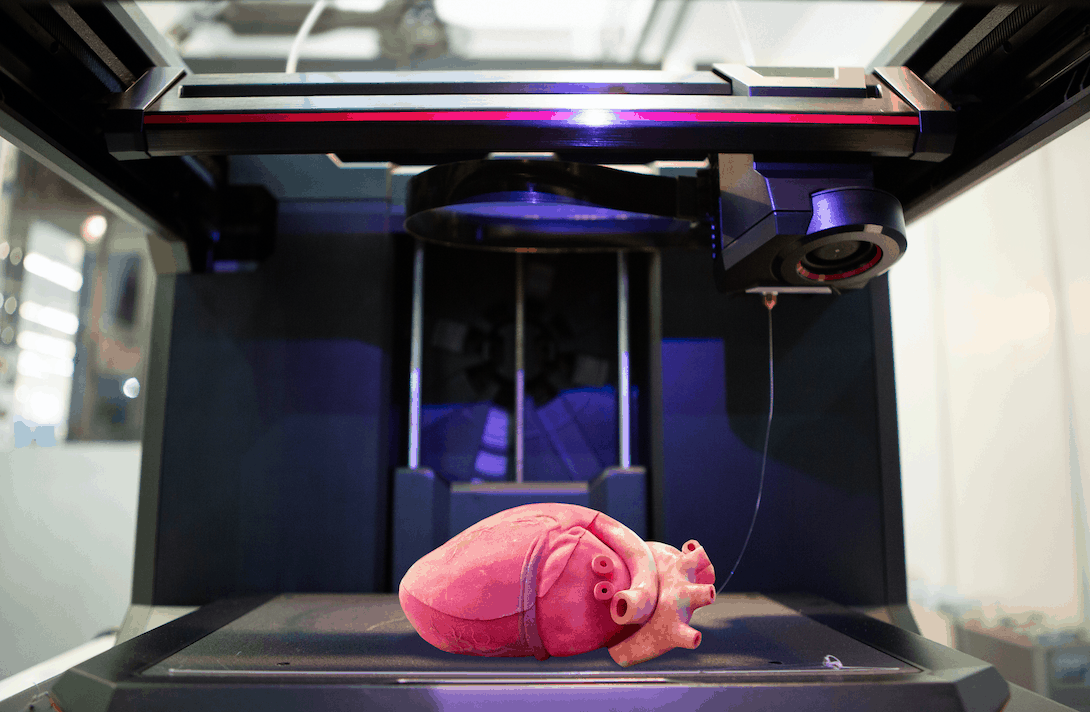 Group figures of people in Sprint 3D!
Group figures of people in Sprint 3D! Group figurines
In search of original gift ideas, more and more people turn to us at Sprint 3D. We offer really unusual solutions - figurines from a photo, printed on a 3D printer. This is a great idea to make a nice gift to friends, relatives or colleagues. But what if you want something even more original and ambitious? Sprint 3D has a great offer for you!
Group 3D copies of people
In fact, this is a composition of several figures of different people. The technology and production process are practically no different from the production of one figure:
2. You can write down in detail all the small details of each of the figures - facial expressions, emotions, posture, clothes, etc. We will take all this into account when developing the layout and in production.
3. We conclude an agreement where all the details of cooperation are spelled out, after which you make a payment and we proceed directly to work.

4. First, specialists model
figurines according to photo in special programs, achieving maximum similarity between the appearance of people and future products.
5. Together with you, we coordinate the model, if necessary, you can point out those elements that need to be changed or replaced. We will make adjustments.
6. When all layouts are approved, we start printing. We use a professional
3D printer to print human figures ProJet® 660Pro. After that, a little additional processing follows, and the figures are ready.Standard orders for 3D copies of people we fulfill within 7-10 business days. But if you need to get them urgently, we can print the figurines in 2-7 days. The cost of fulfilling an urgent order will be higher, but you are guaranteed to receive it faster.
Who would like this gift
Let's think about who would like
figurines from photo as a gift. In fact, there are just a lot of options.
In fact, there are just a lot of options.
1. Large families. For example, you can print the figures of the closest relatives and make an original composition out of them. Such a gift will be not only original, but also very memorable. Like a family photo, only much more interesting.
2. Colleagues, managers, directors. You can easily order
figurines from the photo of people from your staff, create a mini-composition in the office and more. If the relationship in the team is good, then the recipient will only be happy with such a gift. By the way, the head of the company himself can order such a gift to present to his colleagues and employees. Small figurines will become a real decoration of the office.
3. Good friends. If you have your own friendly company, why not capture your friendship in such figurines? It is enough to collect a photo of each of your friends, order modeling and printing. And then this set can be presented to someone who has a holiday - a birthday, wedding anniversary or any other important event.

The 3D printer for printing figures of people allows you to achieve almost photographic quality. So, you have many options for whom and on what occasion to give such group figures. Well, if you want something out of the ordinary, this is also possible!
We are all talking about the fact that we can print figures of you, your friends, relatives or colleagues on the printer. This is good, but you can approach the issue even more creatively. After all, in Sprint 3D you can order group figures of anyone:
- favorite football team;
- characters from popular films, serials or cartoons;
- actors, band members and even politicians.
Do you want to please your friend with his figure surrounded by the heroes of the Avengers? No problem! Has your sister always dreamed of being in the Gryffindor common room with Harry Potter and his friends? Elementary! Colleague is a fan of the Russian national hockey team? Let's make his figurine with figurines of the best players of the national team! Dream up, and you will come up with dozens of options and scenarios for each of your loved ones.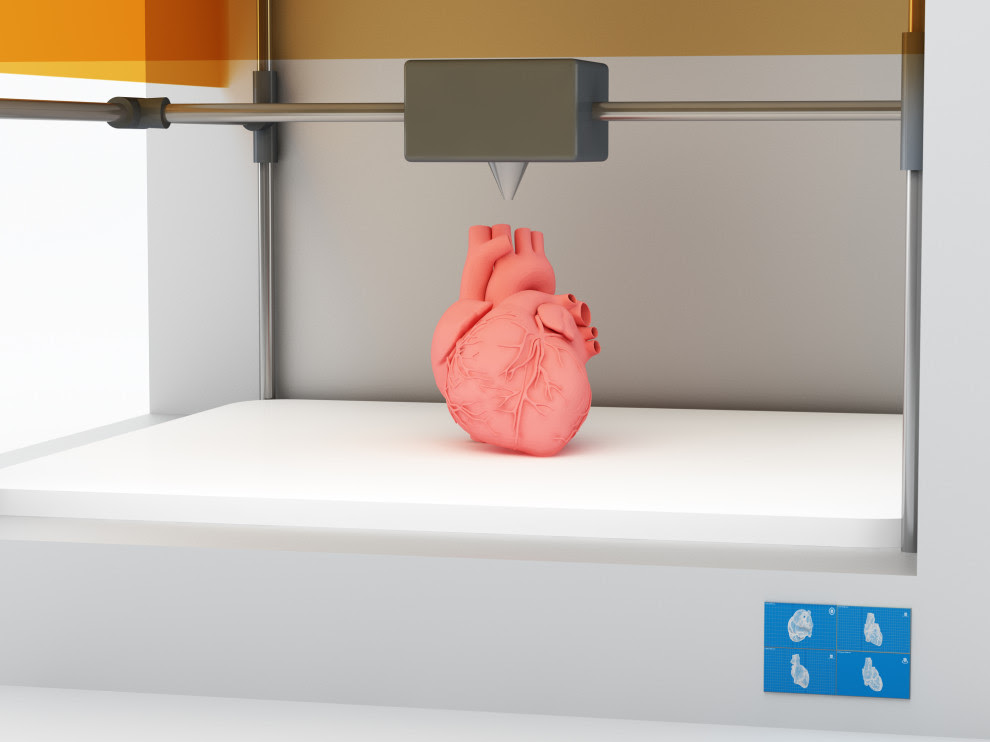 Well, we are happy to implement them.
Well, we are happy to implement them.
Let us also remind you that we print not only figurines from photos, but also entire compositions. We create miniature interior elements, musical instruments, pets and much more. If you want to revive the composition and make it more original, be sure to discuss the details with our manager. We will do everything and even more!
Custom 3D Human Replicas - Sprint 3D Pair Figurines
Pair Figurines
Many of you know that you can order 9 from Sprint 3D0005 3D copies of people from a photo. It is enough to provide us with a photograph, and we will produce a realistic three-dimensional figure. More information about the technology and its capabilities can be found on this page. But now we want to offer you something even more original - paired figurines printed on a 3D printer. A great gift for friends, relatives or colleagues.
How we create paired figurines
So, you have decided to make a unique gift.
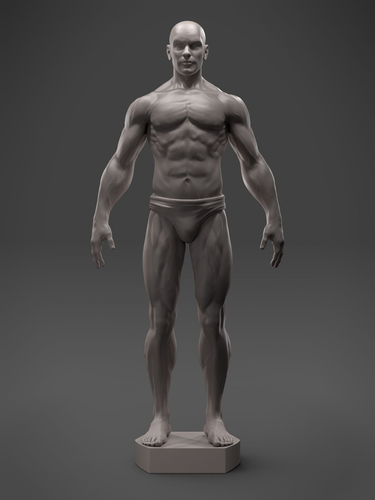 All you have to do is provide us with a few photographs of both people to be made into figurines. Preferably - one portrait photo and one full-length photo for each. For better detail, you can provide more photos. Then it's up to us:
All you have to do is provide us with a few photographs of both people to be made into figurines. Preferably - one portrait photo and one full-length photo for each. For better detail, you can provide more photos. Then it's up to us:
- 1. Based on the photographs, we perform 3D modeling. We take into account every detail - a person's height, complexion, facial features, hairstyle, and so on. In this way, we achieve the highest precision of each figurine.
- 2. Further, together with the client, we coordinate both models. At this stage, you can make some adjustments if you see that there is an inaccuracy or inconsistency somewhere.
- 3. After final approval and adjustments to the 3D model, we print 3D copies of people on the printer.
- 4. Further - minor processing and refinement of products, after which you receive finished products.
Believe me, we will surprise you with the realism and detail of each of the figurines. This is due in equal measure to state-of-the-art 3D printing equipment and our modellers. After all, only together these factors give an excellent result!
This is due in equal measure to state-of-the-art 3D printing equipment and our modellers. After all, only together these factors give an excellent result!
3D people: a gift for almost any occasion
Let's think, in what situations would such a gift be an excellent solution? There are just a lot of options:
- A gift for a wedding anniversary or for the wedding itself. A bride and groom or a couple celebrating an anniversary will be very pleased to receive miniature figurines of themselves. They will not only become an interesting decoration in the house, but will also remind you of a pleasant joint date. Such a wedding anniversary gift will definitely leave more warm memories than any other.
- Birthday present for a friend/girlfriend. You can order the production of miniature figurines of yourself and a friend. Or, for example, a friend with a favorite movie character, athlete, actor, etc. There are a lot of options, and the freedom of choice is limited only by your imagination.

- A gift for relatives for any occasion or even without it. It will be especially valuable for those whom you rarely see. After all, you must admit that joint photos are one thing, and paired realistic figures are completely different. They convey much more emotions, store pleasant memories and remind of loved ones.
There are many more situations when three-dimensional paired figurines can be a wonderful present for any occasion, anniversary, anniversary. But what if you want something even more extraordinary? Of course we have an offer!
Compositions of paired figurines: even more variety
Any figurine is static, that's a fact. But it can be perfectly diversified and "revive", add a plot. It is for this purpose that we offer 3D copies of people with whole compositions. This is a great way to personalize and personalize a gift and make it even more unique. Let's give an example!
Let's say you order
wedding figurines as a gift.



